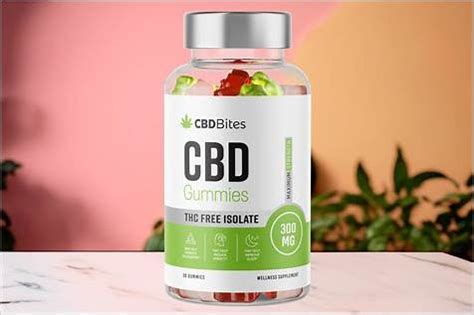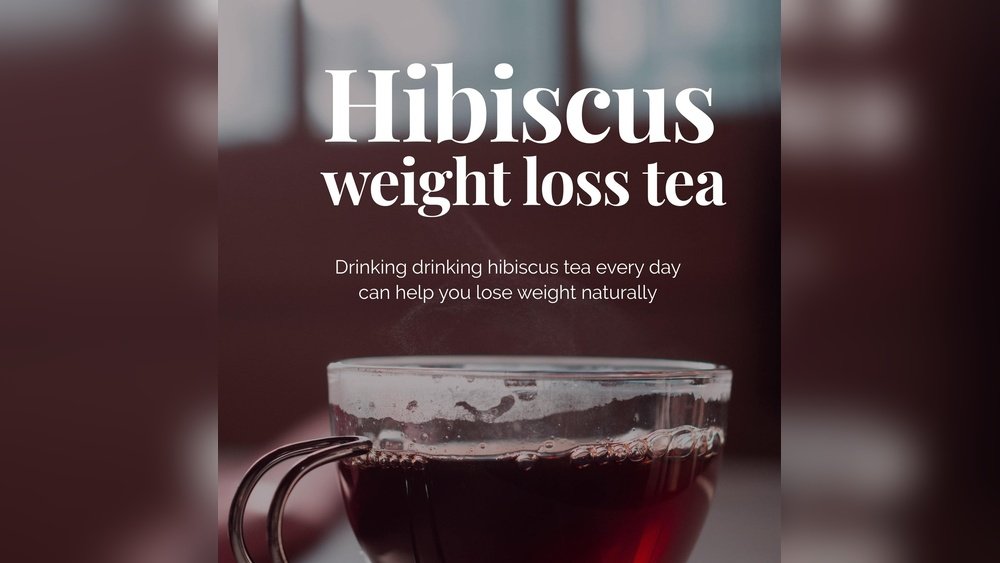Have you ever wondered if the preservatives in your food or skincare products stay effective forever? What if those preservatives lose their strength over time, putting your health and the quality of your products at risk?
Understanding whether preservatives can lose potency is crucial for anyone who wants to keep their food safe, extend the shelf life of products, and avoid potential health issues. You’ll discover how preservatives work, what factors cause them to weaken, and what you can do to ensure your products remain safe and effective.
Keep reading to unlock the facts that could change the way you store and use everyday items.

Credit: www.amazon.com
Preservative Potency Over Time
Preservative potency changes over time. This affects how well the preservative protects products. Understanding these changes helps keep products safe and fresh. Preservatives can weaken, especially if stored improperly. Knowing the signs of reduced potency can prevent spoilage.
How Shelf Life Affects Effectiveness
Preservatives have a shelf life. During this time, they work at full strength. After the shelf life ends, their ability to stop bacteria and mold drops. Exposure to heat, light, and air speeds up this loss. Some preservatives last longer than others. Proper storage extends their effectiveness. Always check the expiration date on preservative labels.
Signs Of Reduced Preservative Strength
Products with weak preservatives may spoil faster. Look for changes like unusual smells or colors. Mold growth is a clear sign of reduced protection. Texture may also change, becoming slimy or sticky. If a product expires before its date, the preservative may have lost potency. Testing or lab checks can confirm preservative strength.
Factors Causing Potency Loss
Preservatives play a key role in keeping products safe and fresh. Their strength or potency can fade over time. Several factors cause this loss of effectiveness. Understanding these helps maintain product quality and safety.
Preservatives are sensitive to environmental conditions. These conditions can speed up their breakdown and reduce their ability to protect products. Below are two main factors that impact preservative potency.
Impact Of Oxygen And Light Exposure
Oxygen causes many preservatives to break down faster. This process is called oxidation. It changes the chemical structure and lowers preservative strength. Light, especially sunlight, also harms preservatives. Ultraviolet (UV) rays cause chemical reactions that weaken preservatives. Products stored in clear containers or exposed to air lose potency more quickly.
Role Of Temperature And Storage Conditions
Heat speeds up chemical reactions in preservatives. Higher temperatures lead to faster degradation. Cold temperatures can slow this process, but extreme cold may also damage some preservatives. Proper storage in a cool, dark place helps keep preservatives effective longer. Humidity and moisture also affect preservative stability. Damp conditions can cause early breakdown and reduce shelf life.
Common Preservatives That Degrade
Preservatives help keep food and skin care products safe from bacteria and mold. Over time, some preservatives lose their strength. This can happen due to exposure to light, air, heat, or changes in pH. Understanding which preservatives break down helps in choosing products with lasting protection.
Sodium Benzoate And Its Stability
Sodium benzoate is a common preservative used in foods and cosmetics. It works best in acidic conditions with a pH below 7. When exposed to heat or sunlight, sodium benzoate can degrade. This reduces its ability to stop bacterial growth. It usually has a shelf life of about two years under normal storage.
Effects On Skin Care And Food Products
In skin care, the breakdown of preservatives like sodium benzoate can cause products to spoil faster. This may lead to irritation or infections. In food products, reduced preservative potency risks mold and bacteria growth. This affects taste, safety, and shelf life. Proper storage away from heat and light helps maintain preservative strength.
Health Risks Of Diminished Preservatives
Preservatives play a vital role in keeping food safe and fresh. When preservatives lose their strength, food safety can be at risk. This decline can cause health problems for consumers. Understanding these risks helps in making better food choices and storage decisions.
Reduced preservative potency may allow harmful bacteria to grow. This can lead to food spoilage and contamination. Such risks affect not only taste but also health and wellbeing.
Potential For Food Spoilage And Contamination
Weakened preservatives cannot stop bacteria and mold from multiplying. Spoiled food looks, smells, and tastes bad. Eating contaminated food can cause food poisoning. Symptoms include nausea, vomiting, and diarrhea. These effects can be severe for children and older adults. Proper storage slows down preservative loss and food spoilage.
Link To Allergies And Digestive Issues
Diminished preservatives may allow allergenic mold to grow. Mold and bacteria can trigger allergies and asthma symptoms. Some people may develop digestive problems after eating spoiled food. These problems include stomach cramps and bloating. Maintaining preservative strength helps reduce these health risks.
Maximizing Preservative Effectiveness
Maximizing the effectiveness of preservatives is key to keeping products safe and fresh. Preservatives can lose their strength over time due to various factors. Proper care and selection help maintain their protective qualities. Understanding how to store and choose preservatives extends their useful life and boosts product quality.
Best Storage Practices
Store preservatives in cool, dry places away from direct sunlight. Heat and light can break down the active ingredients quickly. Keep containers tightly sealed to avoid exposure to air and moisture. Always follow the storage instructions on the label. Using clean tools reduces contamination risks. Avoid frequent opening to maintain stability. Proper storage slows down the loss of potency.
Choosing Natural Versus Synthetic Preservatives
Natural preservatives come from plants or animals and are often gentler. Synthetic preservatives are made in labs and may last longer. Each type reacts differently to storage and product formulas. Natural options may lose strength faster under poor conditions. Synthetic types often resist heat and light better. Consider the product type and shelf life when choosing. Selecting the right preservative type improves overall effectiveness.

Credit: midwestapologetics.org

Credit: www.ebay.com
Frequently Asked Questions
What Is The Most Unhealthy Preservative?
Sodium nitrite ranks as the most unhealthy preservative due to its link to cancer and toxicity. Limit intake to reduce health risks.
Does Sodium Benzoate Expire?
Sodium benzoate typically expires after about two years of proper storage. Its preservative effectiveness decreases past this period. Store it in a cool, dry place to maintain potency. Using expired sodium benzoate may reduce food safety and quality. Always check the product’s expiration date before use.
Why Should You Avoid Preservatives?
Avoid preservatives to reduce risks of allergies, digestive issues, and potential long-term health problems. Natural foods support better health.
What Are The Factors Affecting The Effectiveness Of Chemical Preservatives?
The effectiveness of chemical preservatives depends on food type, preservative concentration, pH level, storage conditions, and target microorganisms. Temperature, light exposure, and product handling also influence their potency and stability.
Can Preservatives Lose Potency Over Time?
Yes, preservatives can lose potency due to exposure to air, light, and temperature changes.
How Does Storage Affect Preservative Effectiveness?
Poor storage conditions like heat and moisture reduce preservative strength and shelf life.
What Factors Cause Preservatives To Degrade Faster?
Oxygen, light, temperature, and pH changes speed up the breakdown of preservatives.
Conclusion
Preservatives can lose potency over time due to exposure to light and air. This reduces their ability to protect food effectively. Proper storage helps maintain their strength longer. Always check expiration dates and storage instructions. Using preservatives past their prime risks food spoilage.
Understanding these factors keeps your products safer and fresher. Remember, freshness and safety go hand in hand.
 Skip to content
Skip to content 